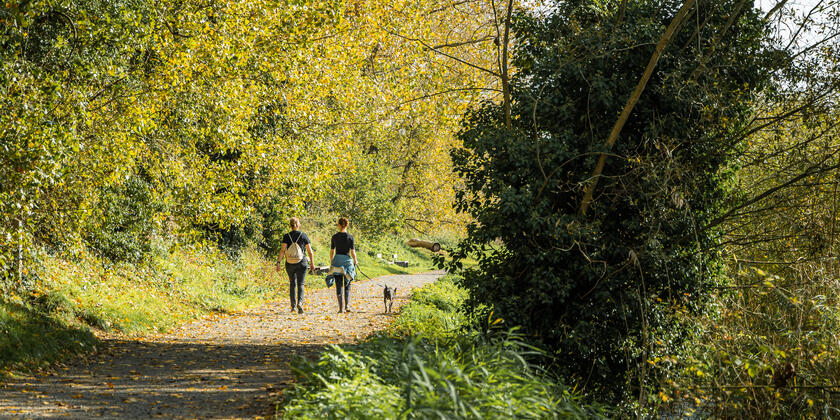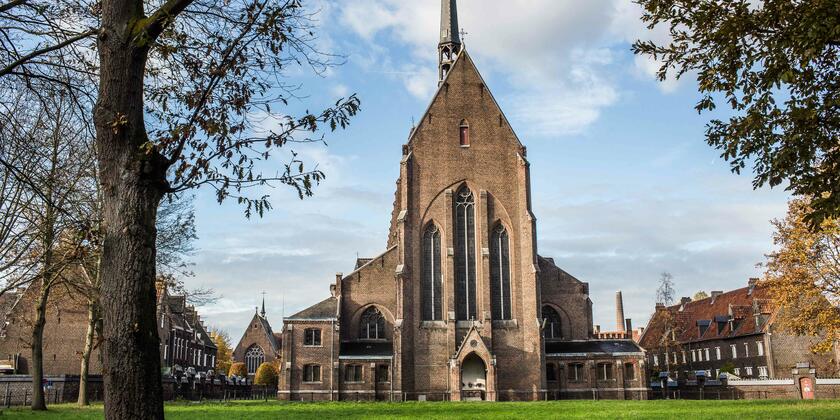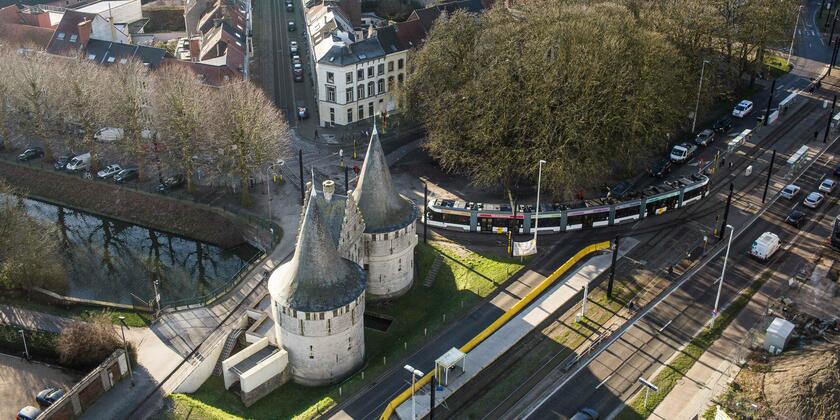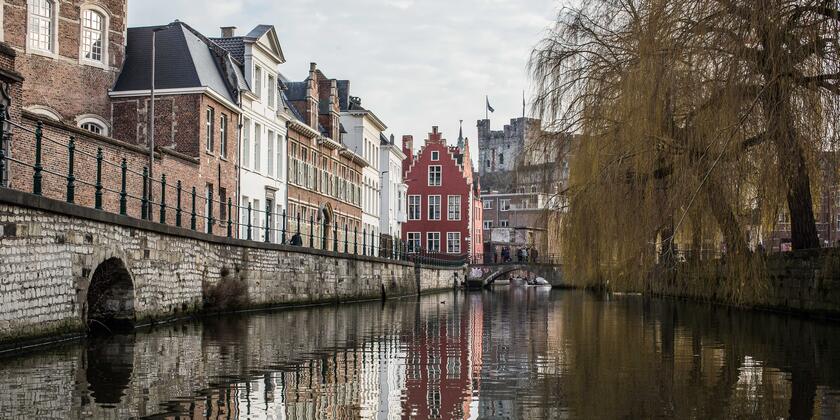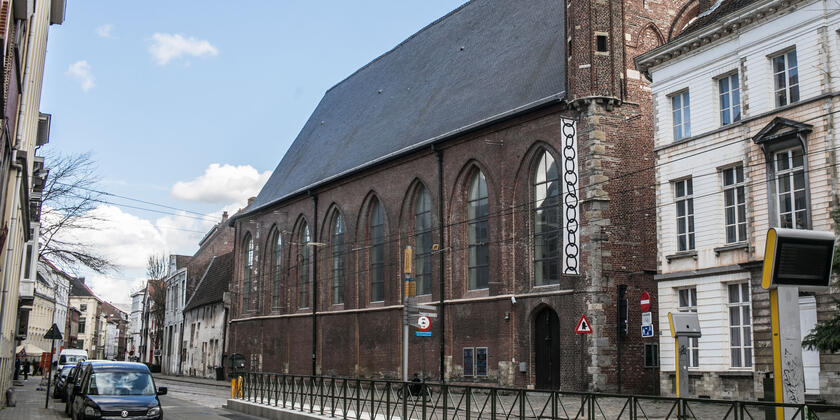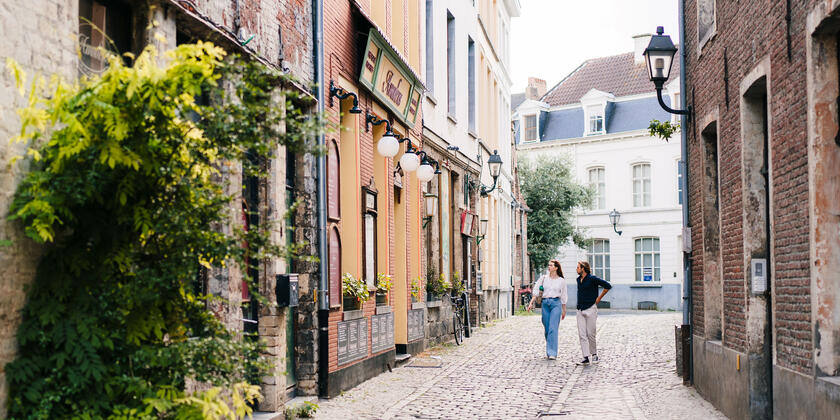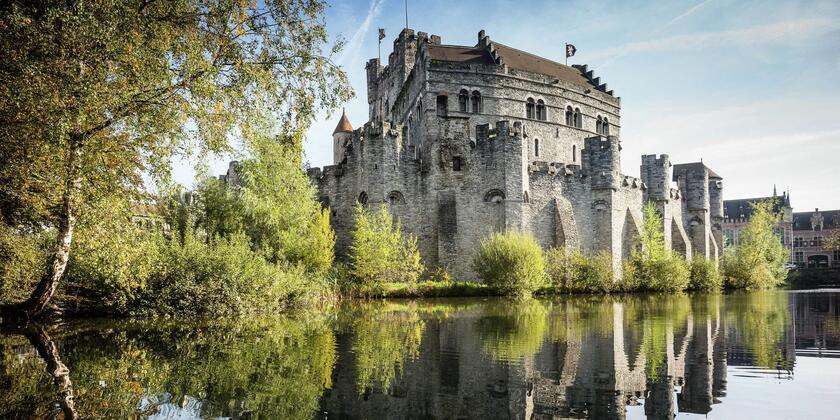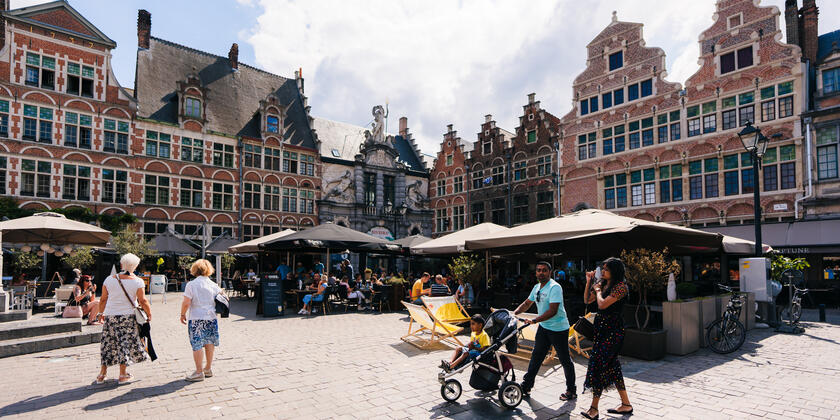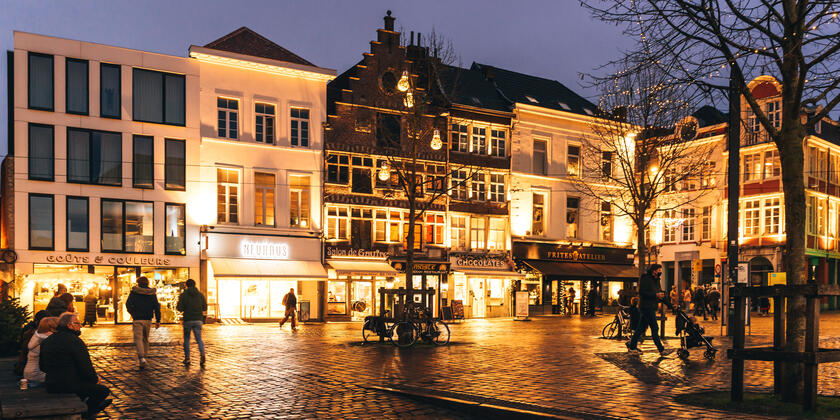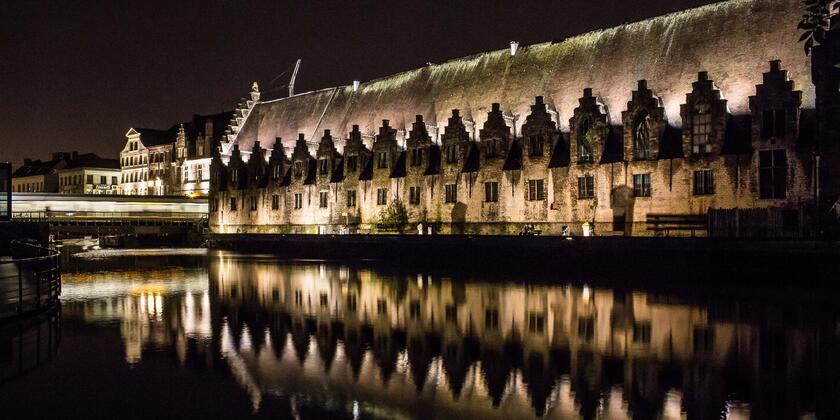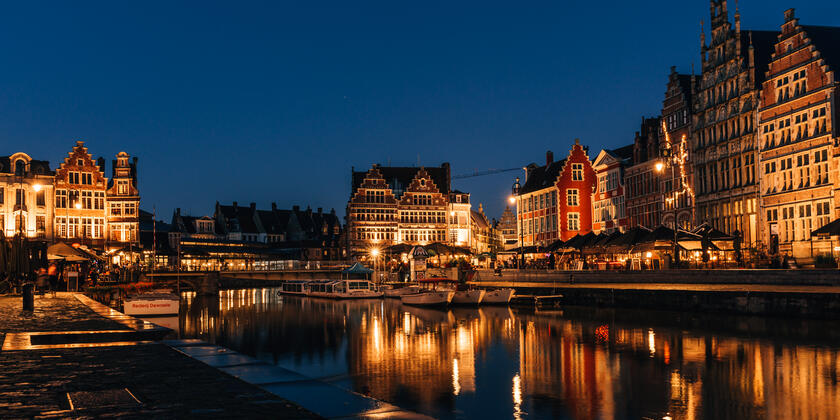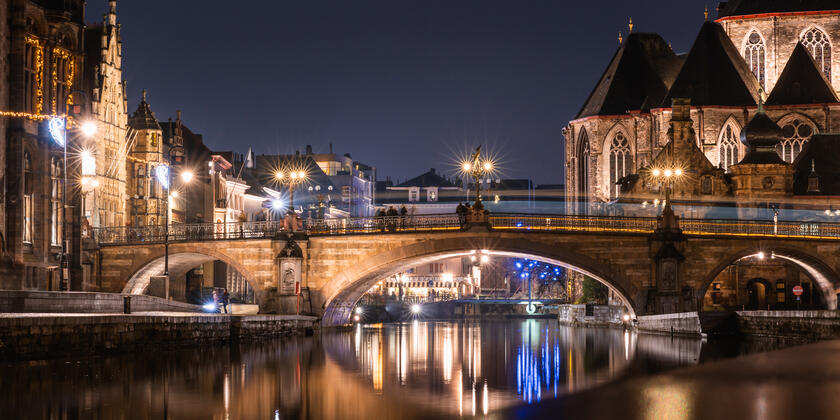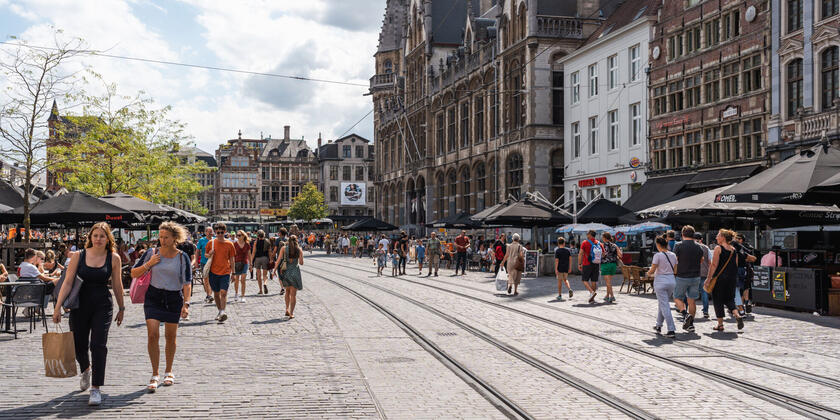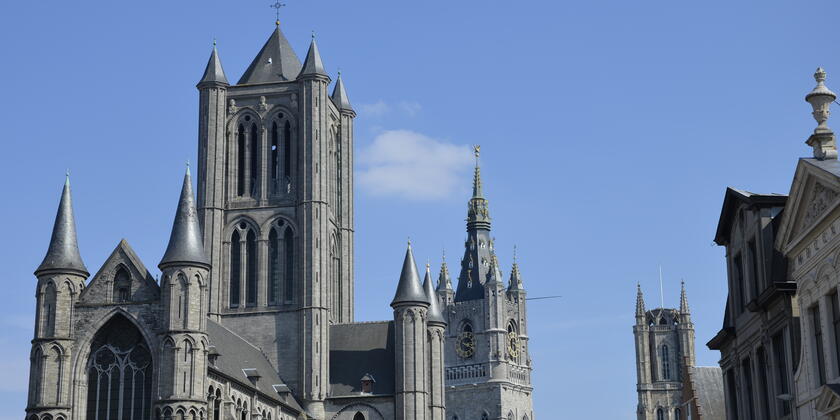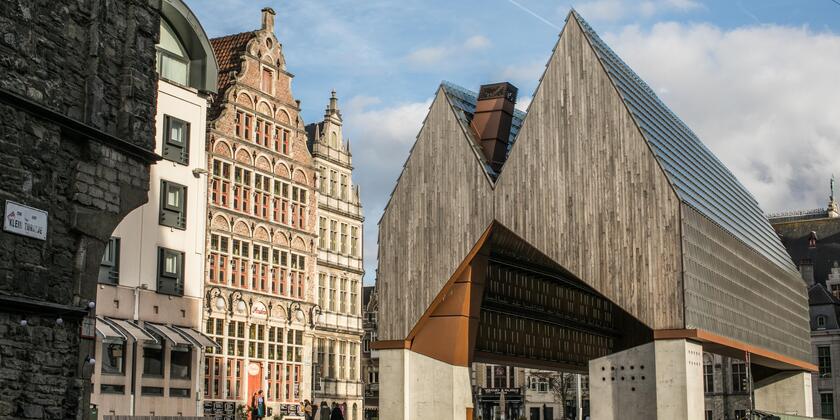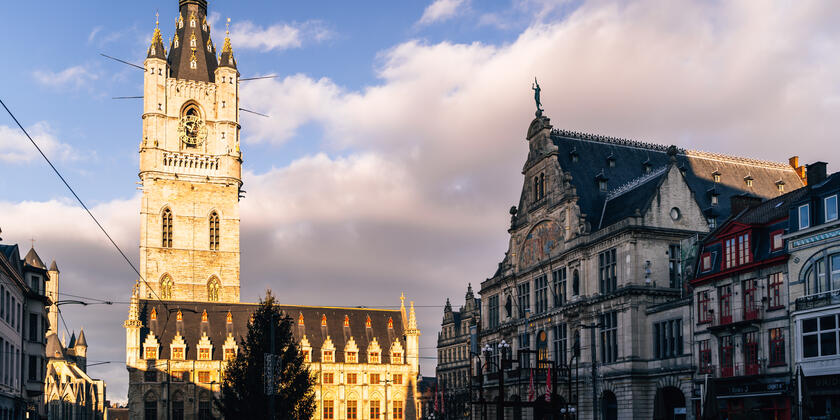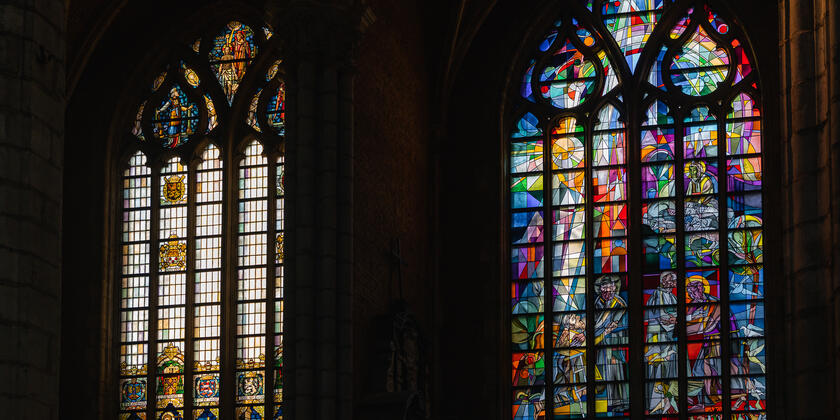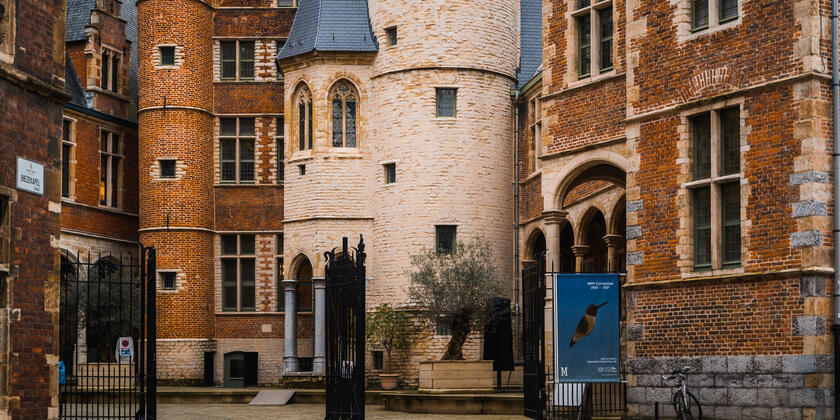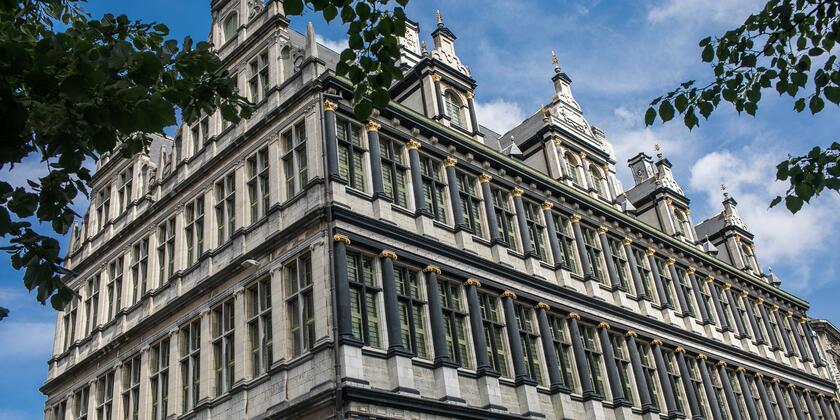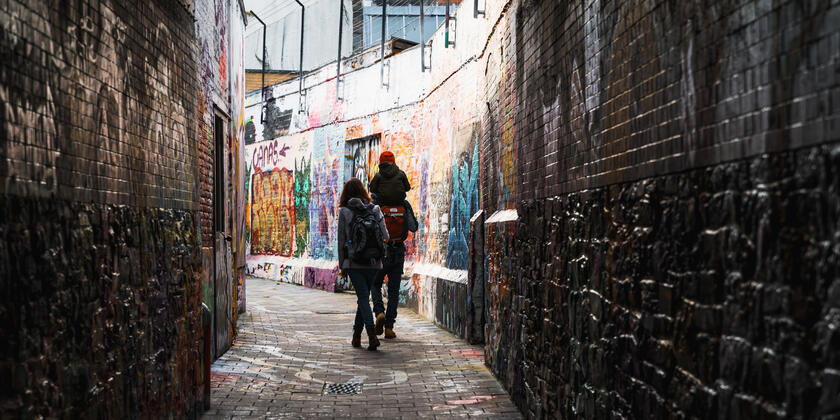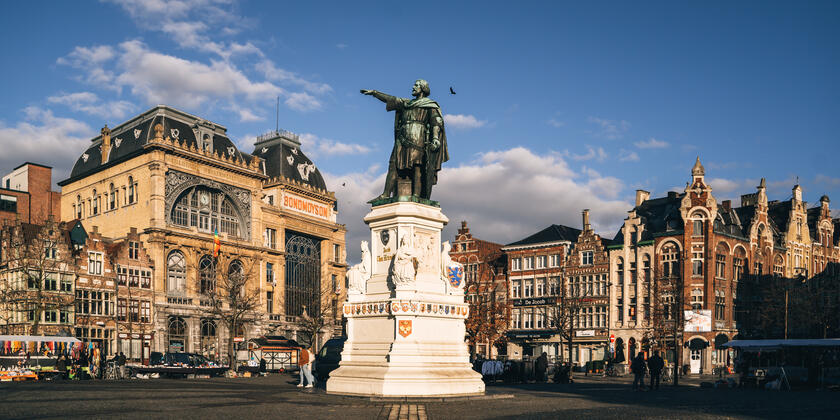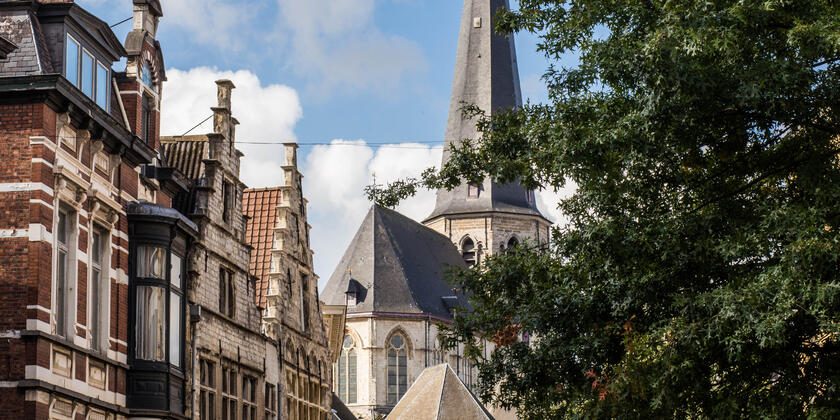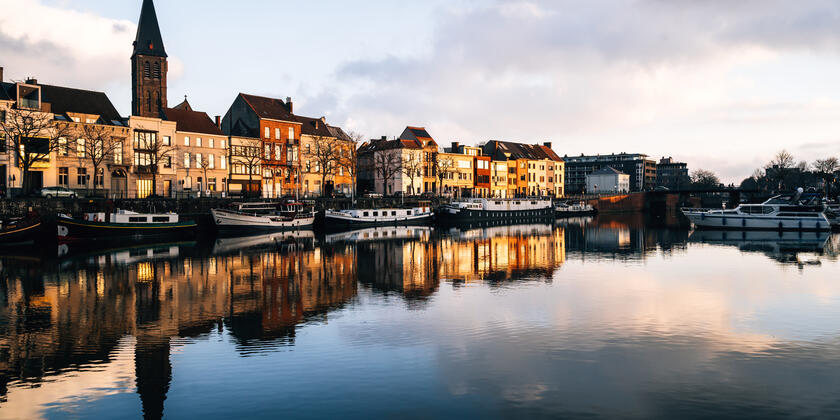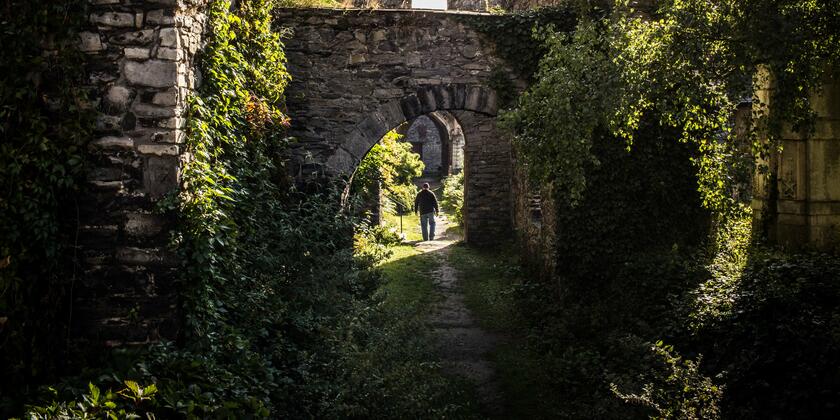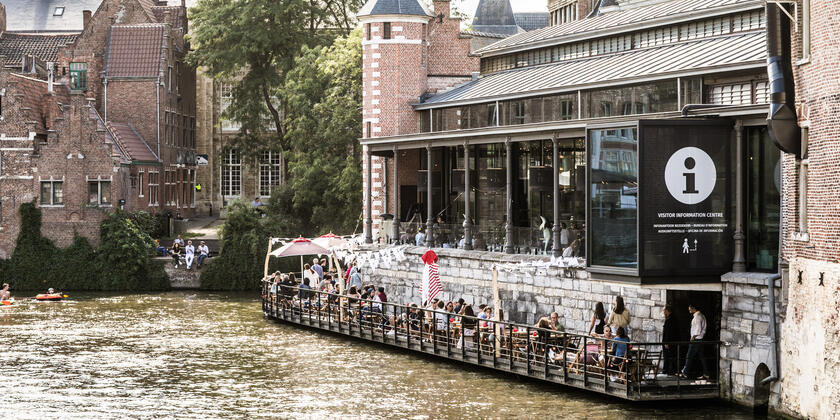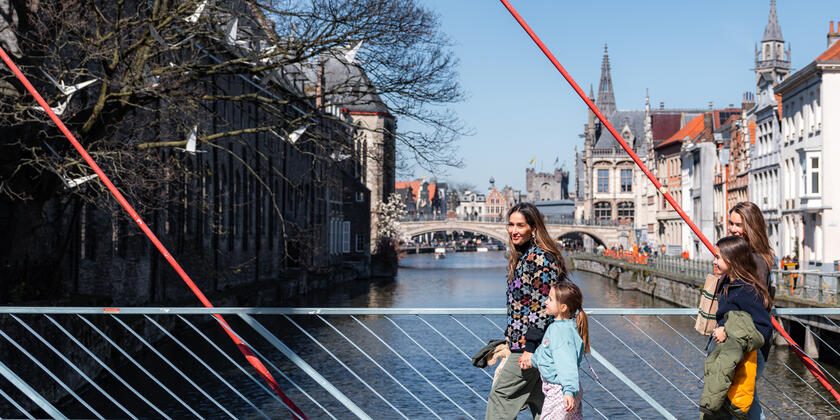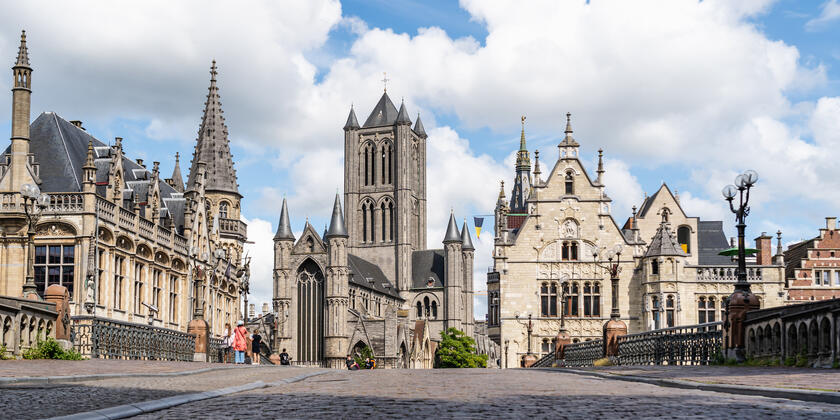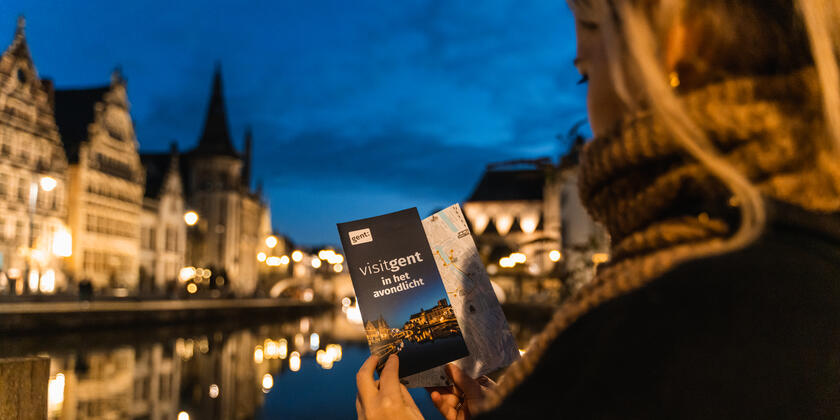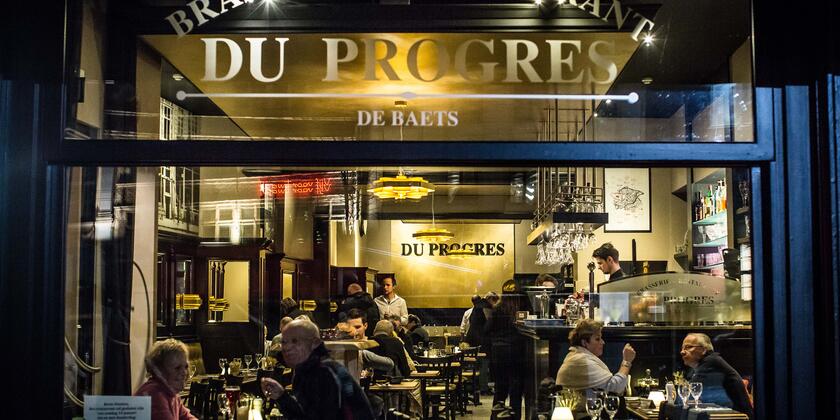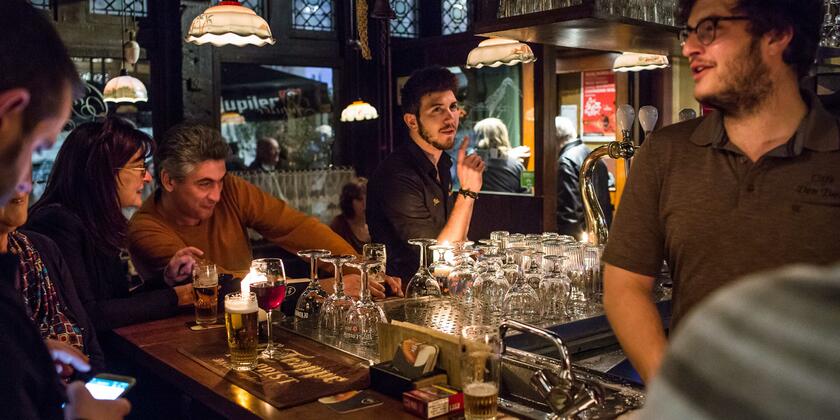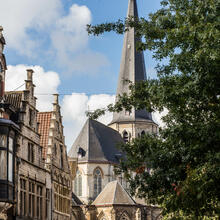
What is the Via Scaldea?
Clever people with a nose for Latin will have already identified the Scheldt in the name, along with the Lys or the blue vein of Ghent. The Via Scaldea is one of the roads leading to Compostela and runs roughly along the Scheldt from Vlissingen via Waarschoot, Ghent, Gavere, Oudenaarde and Tournai to Saint-Quentin. There, you can choose whether to continue to Paris via the Chemin Estelle, or take the Via Francigena to Reims and from there to Vézelay along the Via Campaniensis. In total, the route to Saint-Quentin is 278 km long - or about 10 to 13 days of walking.
The route deliberately passes by a mix of historic landmarks and modern stops. Places with a pilgrim past - think of the St James' churches and abbeys - alternate with beautiful natural areas. The roads are slow, but pretty straight. Lost your southern orientation while on the road? You can't rely entirely on the shells in the ground or signposts to follow the route correctly. For that, the paper or e-guide is vital.
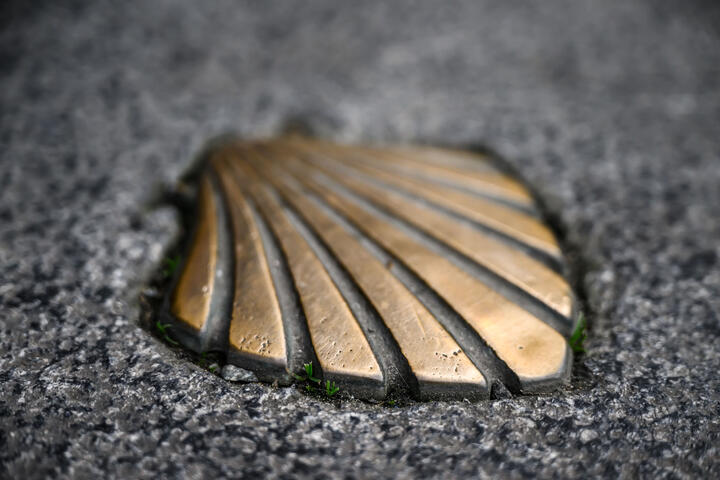
Highlights of the Via Scaldea in Ghent
Ghent is the largest city and one of the crucial hubs on the route because Ghent, like several other cities on the route, has St James' Church. At the main entrance, you can see a scallop shell on one of the floor tiles, the symbol of the pilgrimages to Compostela. The story? The apostle Jacob is buried in Santiago de Compostela, where you used to be able to find a lot of these shells. Now they mark the departure or stage points of the pilgrimage to Compostela.
The updated guide pays particular attention to Ghent. The walk runs through the city centre for quite a distance - it's a full stage on the route! Ideal for visiting places like the Bourgoyen-Ossemeersen, Groot Begijnhof, Prinsenhof, The Castle of the Counts, Gras- and Korenlei, St Bavo's Cathedral, St Bavo's Abbey and St James' Church along the way.
Going on a journey? Discover tips here to make the most of your passage.
To discover along the route:
Make the most of your transit through Ghent
To get the most out of your stage through Ghent, pop into the info office - you can also get your stamp there. Feed your soul in one of the many places to eat and drink, and rest your weary feet in one of the hundreds of lodgings in Ghent - you've earned it. The guide does not list accommodation, but you can find it on the organisation's online list. Fortunately, Ghent is bursting with great places to stay, and you can start your next stage perfectly rested.
